

3:00 am +04 - 4:30 am +04
Past Event
Content from the Brookings Doha Center is now archived. In September 2021, after 14 years of impactful partnership, Brookings and the Brookings Doha Center announced that they were ending their affiliation. The Brookings Doha Center is now the Middle East Council on Global Affairs, a separate public policy institution based in Qatar.
The Brookings Doha Center (BDC) hosted an event on May 23, 2016, which examined religious pluralism in the Middle East. Nicolas Pelham, a correspondent on Middle East Affairs for the Economist magazine, discussed his recent book, Holy Lands: Reviving Religious Pluralism in the Middle East. He was joined by Abdelwahab el-Affendi, head of the politics and international relations program at the Doha Institute. Ibrahim Fraihat, senior foreign policy fellow, and deputy director of the BDC, moderated the event, which was attended by members of Qatar’s diplomatic, academic, and media community.
Fraihat opened the discussion by remarking how religious pluralism in the Middle East declined after the fall of the Ottoman Empire. The rise of the nation-state in the Middle East created a system where territory became the common identity that united people. Nationalist identities began to grow around this time, but religious identities also gave way to populations in the Middle East by becoming more homogenous in the twentieth century.
Pelham stated that the idea for writing Holy Lands came to him during the years before the Arab Spring, when Christian, Muslim, and Jewish places of worship could be found in close proximity to each other. He noted that in some cases, people from these three religions would sometimes share places of worship. In the chaos that followed the Arab Spring, Pelham noticed that religious life in the Middle East eroded, betraying concepts of community, inclusiveness, and tolerance. He observed that the region used to embrace these values, as demonstrated by the presence of numerous sects there as a result of people fleeing religious persecution in Europe during the Middle Ages. These groups sought refuge under the Ottoman’s millet system, which offered protection to different religious sects.
Throughout Pelham’s examination of the current discouraging state of religious pluralism in the Middle East, he did offer examples that inspired some hope that tolerance could return to the region. In Najaf, Iraq, Shiite Ayatollahs organized a book fair, offering books on a wide variety of subjects. Pelham found books written by Karl Marx, Immanuel Kant, and Baruch Spinoza. Although Shiite clerics would walk around vetting books for sale, rarely did Pelham witness condemnation or removal of books for portraying values contradictory to Islam. Of course, some merchants at the book fair felt compelled to hide some books from passing clerics, but they would immediately put them back on display following the exit of the cleric. According to Pelham, this act exemplified a feeling of tolerance at the book fair, but it did not necessarily constitute a feeling of acceptance of these works in an Islamic space.
El-Affendi lauded Pelham for conducting a thorough research project, noting that the author had traveled to many places throughout the region to construct an insightful narrative into religious pluralism in the Middle East. He then echoed Pelham’s characterization of the Ottoman Empire by stating that it was a “mosaic of pluralism.” However, he ascribed blame to European colonialism and influence for creating fissures in the religious fabric of the region. This outside influence, el-Affendi claimed, continues to fragment societies in the Middle East. The introduction of nationalism, due in part to foreign influence, shaped the sectarian nature of the region.
Despite el-Affendi’s marginal support of the Ottoman sense of pluralism, he did express the contention made by some scholars that the Ottomans did not promote the high level of tolerance that Pelham describes. Forced conversions to Islam were especially prevalent in the Balkan region during the Ottoman period through the janissary system. Although the Ottoman’s millet system did not provide its subjects with a perfect application of pluralism, it did institute a framework, which the region should now utilize to advance the values of inclusiveness and tolerance.
After the presentations made by Pelham and el-Affendi, the discussion shifted to an examination of the Taif Agreement, the spirit of which Pelham suggests could advance pluralism in the region. Fraihat remarked that the Taif Agreement did end hostilities in Lebanon, but put former warlords in positions of power. Although the agreement brought peace to Lebanon in the short-term, the country continues to exist in a perpetual state of fragility, due to the co-optation of the government by militias and their interlocutors.
Pelham observed that the Taif Agreement, in some ways, has been remarkably successful. It kept peace in an unstable country, which saw a dramatic increase in its population due to the arrival of refugees from neighboring states. The Taif Agreement sought to resurrect a form of the millet system by dividing power throughout the country according to religious sects. According to Pelham, the main problem with the Taif Agreement remains the absence of an overarching authority to oversee the millets. The agreement falsely assumed that the sects would cooperate with each other and work together to govern the country, but in fact, the millets vied for power, which created national discord. Each sect demonstrated its stake in preserving order over its particular millet, but not in maintaining Lebanon as a functional country.
In an effort to highlight the central points from the discussion, Fraihat asked Pelham to express the difference in the styles of governance between the millet system under the Ottomans, and the individual “millets” presently found in the Middle East. Pelham believes that the primary difference between the Ottoman millet system and the way that sects rule today is that the Ottomans based their rule on a universal system. The Ottomans, Pelham asserted, focused on maintaining a sense of community among the populace. According to Pelham, these were “holy communities, not holy lands.” The problem with the way sects rule over territory today is that they do not treat the communities as an integral part of effective rule. In fact, Pelham concluded, sects today are more concerned with “particular parcels of land,” and how they rule them.
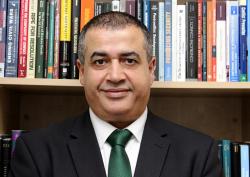
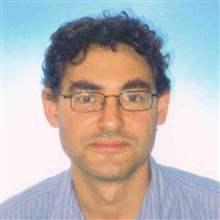
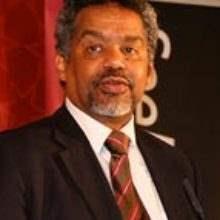

Noha Aboueldahab
August 23, 2021
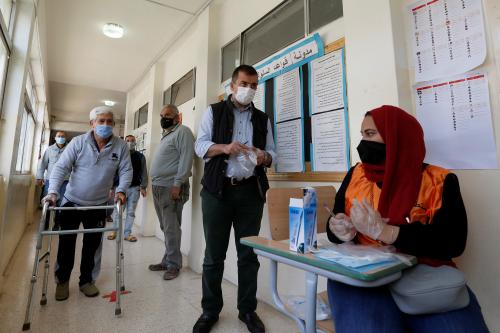
August 23, 2021
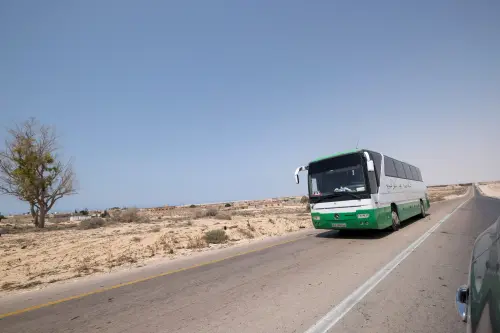
Yasmina Abouzzohour
August 19, 2021